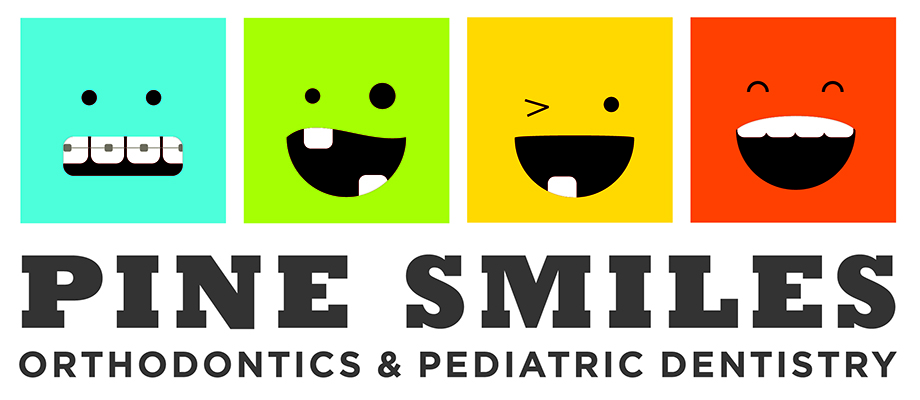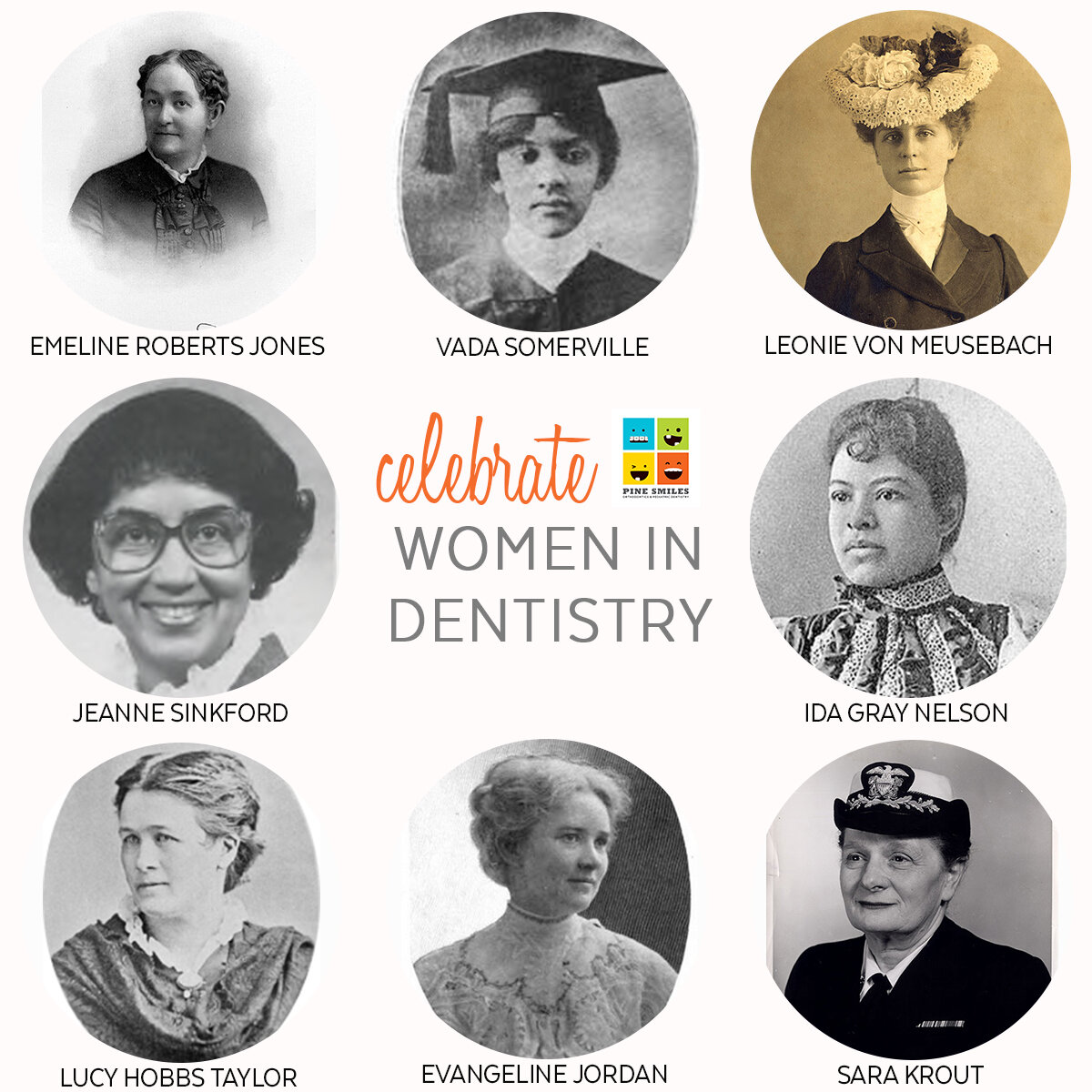Dr. Avani Gandhi
Pine Smiles Pediatric Dentistry and Orthodontics
Chino Hills, CA
With the COVID pandemic on all of our minds, there has been a lot of talk of aerosols so I thought it would be a good idea to dig a little deeper with you and what that may mean for dentistry.
Did you know that there are scientists who study aerosols? An aerosol is any suspension of solid particles or liquid droplets in the air. There are all different kinds of aerosols and some are natural and others are not. Examples of aerosols that we would run across in nature are mist, fog, clouds, dusts that are blown by the wind, salt from the ocean, ash released from volcano eruptions, and smoke from a forest fire. Then there are aerosols from humans like air pollutants from factories and cars and mists from aerosol spray cans (does AquaNet ring a bell?). We also produce aerosols by just living! Have you ever fogged up a window on a cold day to write “Hi”?
Not all aerosols are bad. They are particularly important in our atmosphere where they scatter sunlight and radiation and affect our climate. When you see a beautiful sunset, the colors are from the aerosols reflecting light in the atmosphere. They can seed clouds and cause rain, which removes them from the atmosphere and naturally cleanses our air and our Earth.
Aerosol particles can also be different sizes,and in this case, size matters a lot! The smaller the particle size (droplet) is, the longer it hangs around in the air. Large particle sizes from a sneeze fall rapidly 3-6 feet away from the source of the sneeze. This is why the CDC recommends social distancing of at least 6 feet. The smaller droplets in the sneeze remain suspended and in the matter of a few seconds to a few minutes travel the dimension of a room and land 20-26 feet away!
Our body naturally tries to diminish our exposure to aerosols. Did you ever wonder why you had hair growing in your nose? Or what purpose eyelashes really serve? But when these particles are very, very small, as they are in viruses like SARS-COV2 or the flu, our bodies natural defenses are just not enough. This is why exercising proper hand hygiene and precautions are very important.
The next time you come to visit the dentist, we probably aren’t going to take off our mask, and will have on goggles or a face shield and a surgical cap. We are also doing what we can to reduce the number of aerosols in the office by continuing to focus on our stringent infection control protocols and sanitizing surfaces after every patient. Sadly, we have had to remove the toys from our waiting room and ask that families limit the number ofpeople in the office. We are doing what we can to flatten the curve and keep everyone safe AND keep those pearly whites bright! And I want you to know, even though you won’t be able to see it, we are smiling underneath those masks because we have missed you all so much!
If you have any questions, please call us! (909) 393-4800








